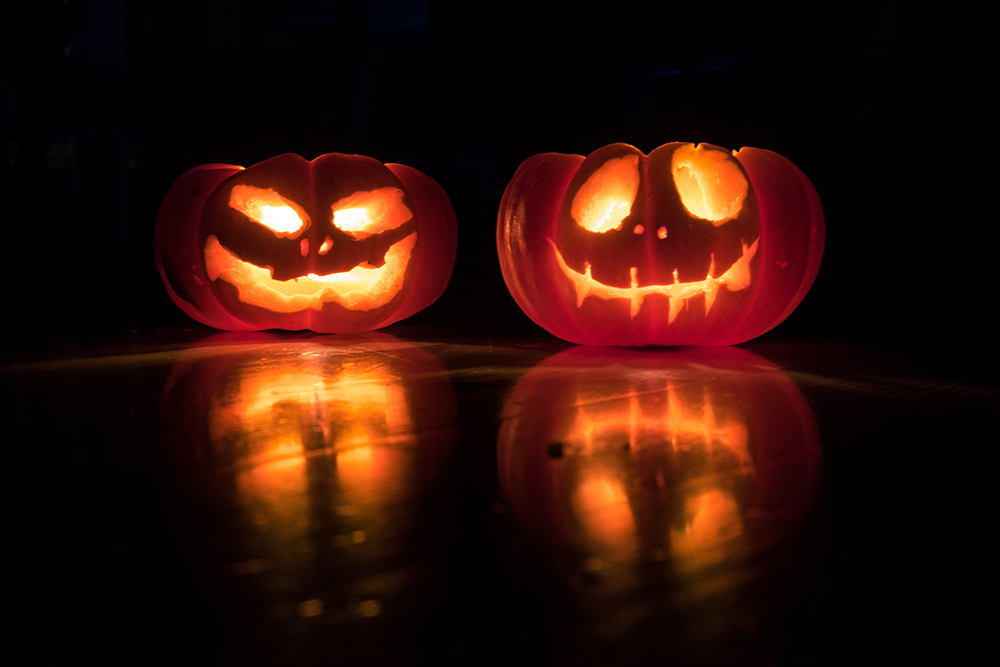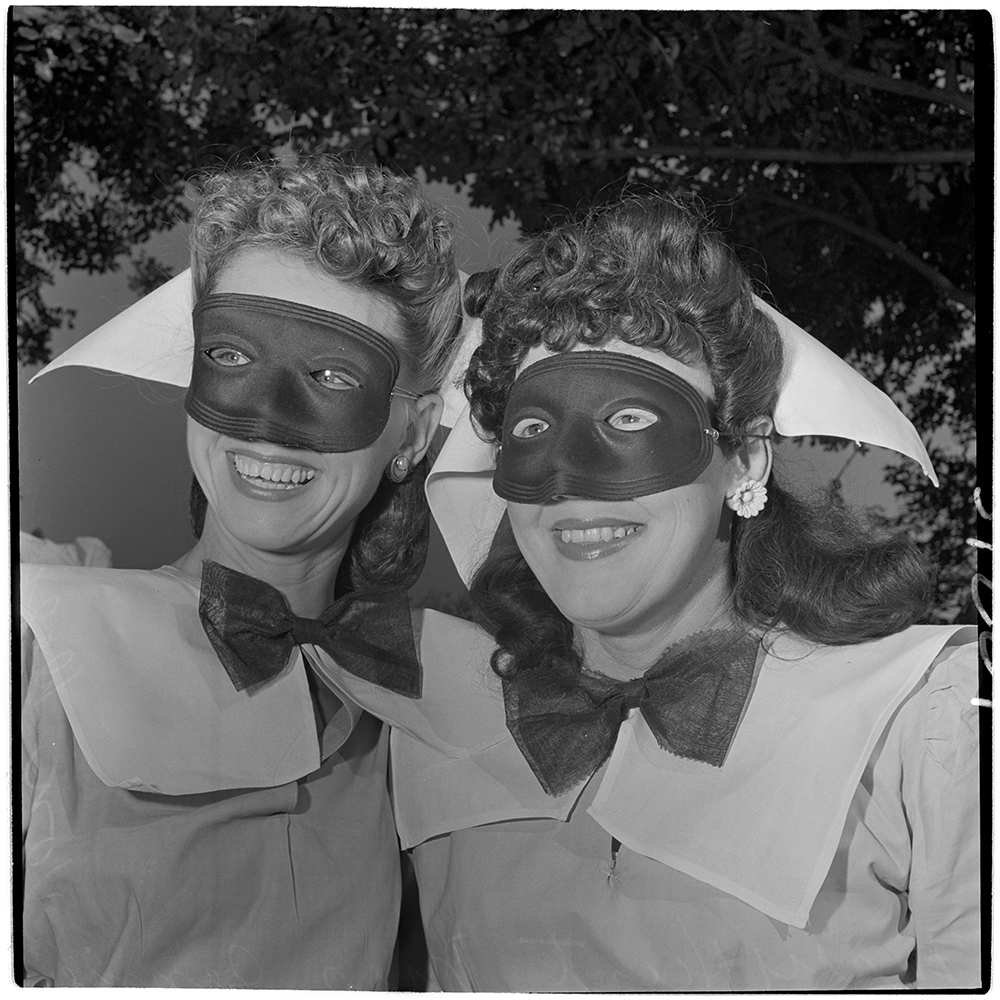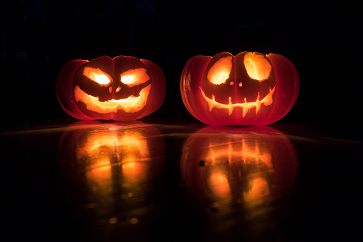What We Talk About When We Talk About Halloween

Photo by David Menidrey on Unsplash
Henry Ansgar Kelly | October 25, 2023
Halloween is a Scottish word. The Scots are the only ones who say “een” or “e’en” for “eve” or “evening.” It first shows up in the late 1700s, and it refers to October 31, the day before the old feast of All Saints, and it originally meant “All-Saints’ Eve.” “Hallow” is an old word for “saint.” But most Scots had stopped honoring saints by this time, having turned Presbyterian a couple of centuries before. Saints were a Catholic thing.
The popular Scottish poet Robert Burns published a poem called Halloween in 1786, and felt he had to preface it with an explanation, for English readers, of what the word meant in the region where the poem was set, among the peasants in the western part of Scotland. He says that Halloween is “a night when witches, devils, and other mischief-making beings are all abroad on their baneful midnight errands—particularly those aerial people, the fairies, are said on that night to hold a grand anniversary.” So, no saints, no ghosts, no dead people, certainly no souls from Purgatory, since the Presbyterians had got rid of Purgatory too.
In Burns’s poem itself, the only such goings-on described is fairy-dancing. Most of the poem deals with various fortune-telling games played by a group of courting couples, like pulling up a cabbage to see what one’s future spouse will be like. He makes their parties sound like great fun.
Over in Ireland, people had parties like this too, with apple-bobbing, fortune-telling, and the like. There was also the custom of a big meal before All Hallows, but Ireland was still Catholic and honored saints and prayed for friends and relatives in Purgatory, especially on the next day, November 2, All Souls’ Day; but they started on All Saints’ Eve. Poorer families would go around and collect the meal-makings from wealthier folk; sometimes they would go in costume, but the records don’t connect the practice with ghosts or other spirits. All this is written up by the British historian Ronald Hutton in his The Stations of the Sun: A History of the Ritual Year in Britain (Oxford 1996), pp. 379-80.

UCLA Charles E. Young Research Library Department of Special Collections
A 1946 photo of two women in costume at Anaheim’s annual Halloween festival. Costumes and carved pumpkins were in use on Halloween in Canada as early as the 1880s; today, Halloween is observed across the U.S. as a time for celebration and parading in fancy dress.
You can always count on folklorists to try to connect such activities with the ancient past, druids and suchlike. But Hutton debunks them, especially the idea that October 31 was connected with the end of the old Celtic year, or that it was the Celtic feast of the dead.
Another thing that Halloween originally had nothing to do with is the Mexican “Day of the Dead,” which was, and is, about All Souls’ Day on November 2. But, of course, people who want to see a connection can easily conjecture or postulate one.
Halloween really seems to have got going when Irish immigrants brought it to America and Canada in the nineteenth century. They kept the party-tradition going, but added mischief-making in the neighborhood. The idea of “trick-or-treat” seems to have begun as a means of “buying off” the vandalizing. The earliest use of the term found so far is in Alberta in 1927, cited in the Oxford English Dictionary.
Costumes and carved pumpkins were in use on Halloween in Canada as early as the 1880s (see the 1886 article from Ontario, “Carved Pumpkin,” cited in the Wikipedia article, “Jack-o-lantern”).
It’s interesting that most Americans seem to pronounce Halloween nowadays as HOLLOW-een. Maybe they are thinking of Washington Irving’s story, The Legend of Sleepy Hollow, now associated with Halloween—notably in North Tarrytown, N.Y., renamed “Sleepy Hollow” in 1996. But the tale came out in 1820, long before Halloween arrived on our shores.
It seems that the trick-or-treat ploy finally worked. In the neighborhoods I know, it’s been a long time since there’s been any trickery. Now Halloween has become a wonderful children’s celebration day, a time of parading in fancy-dress. The emphasis appears to be moving from the spooky to the glamorous, especially since 2007, when daylight-savings time captured the end of October.
Henry Ansgar Kelly is a distinguished research professor of English at UCLA.




